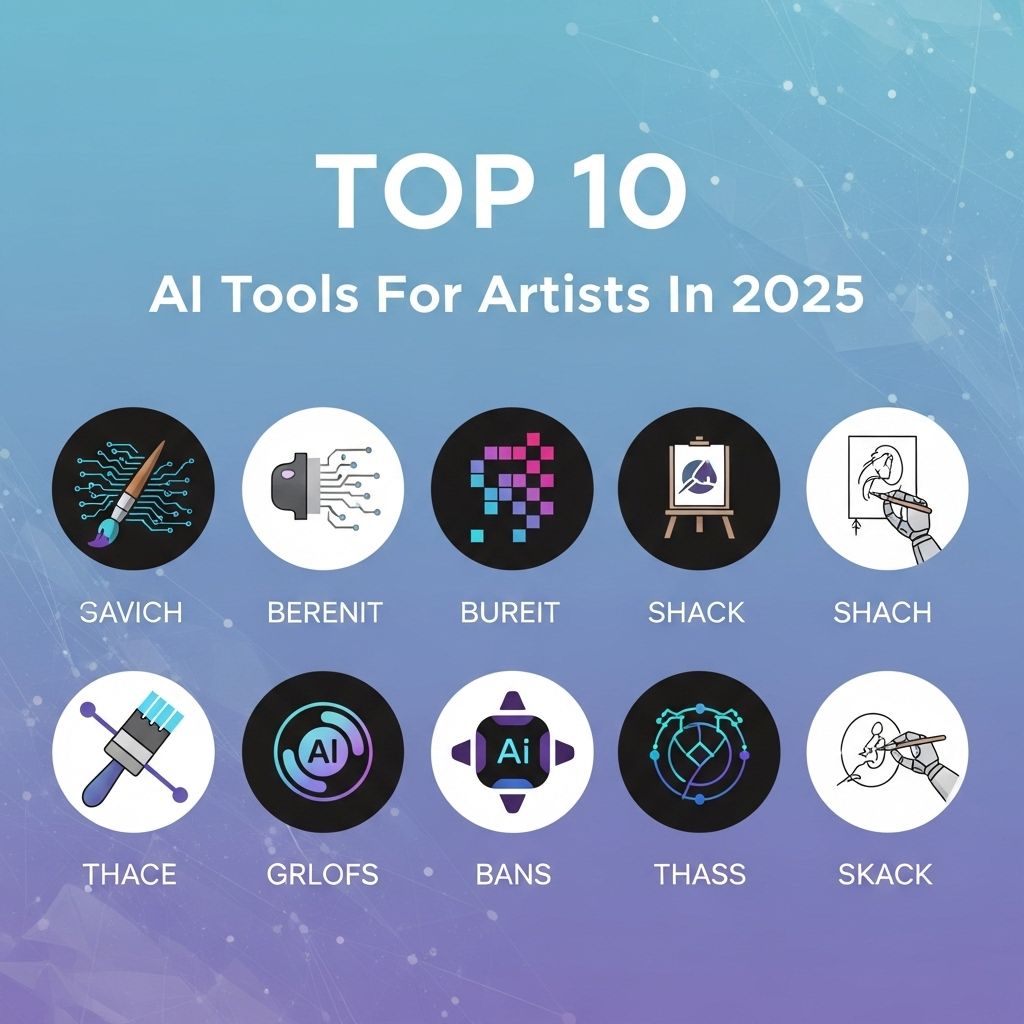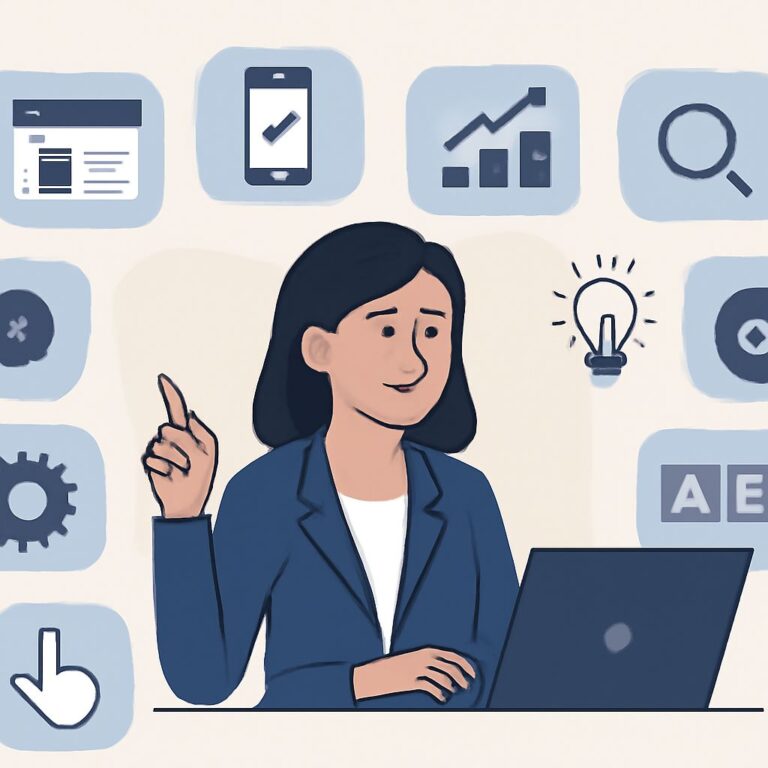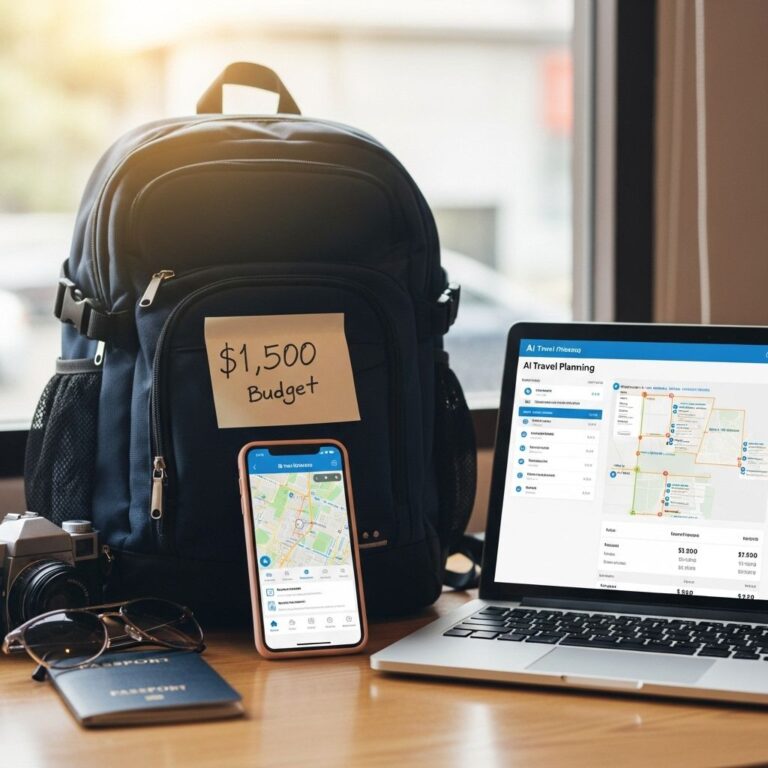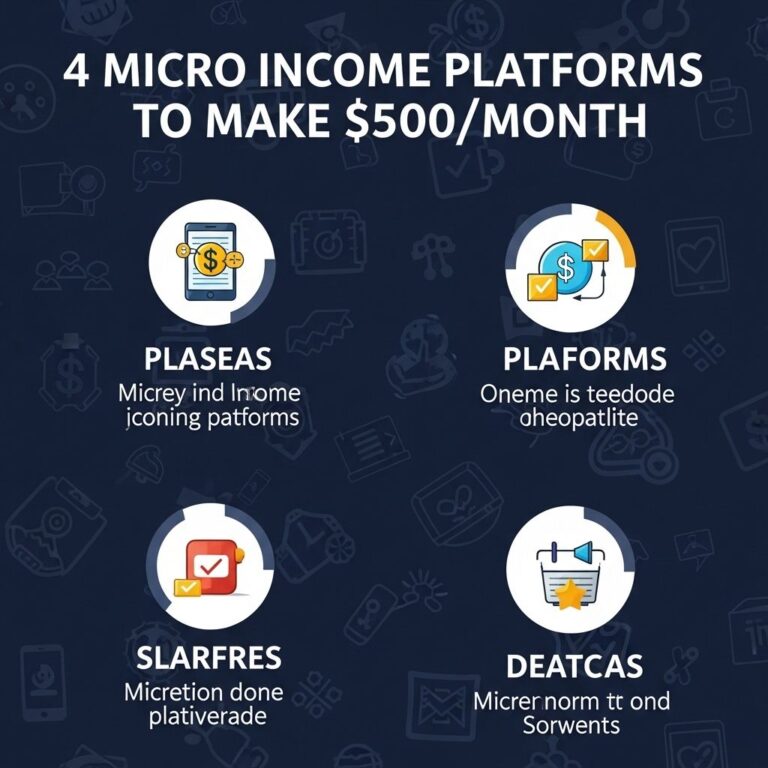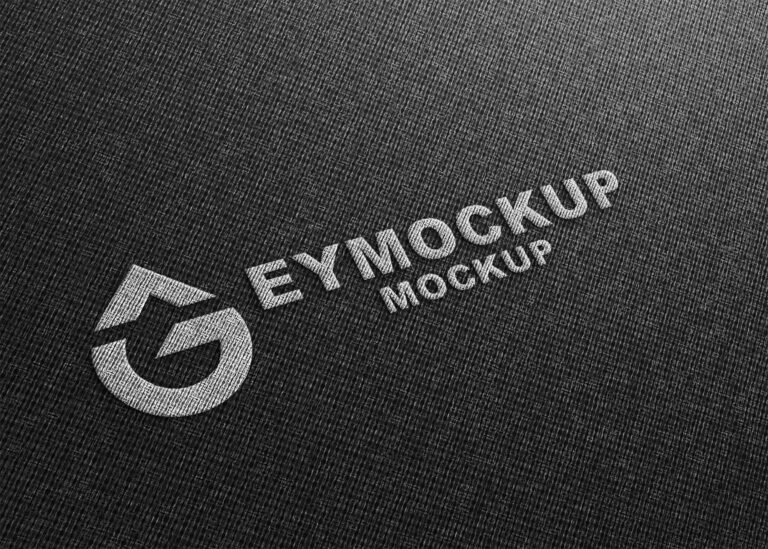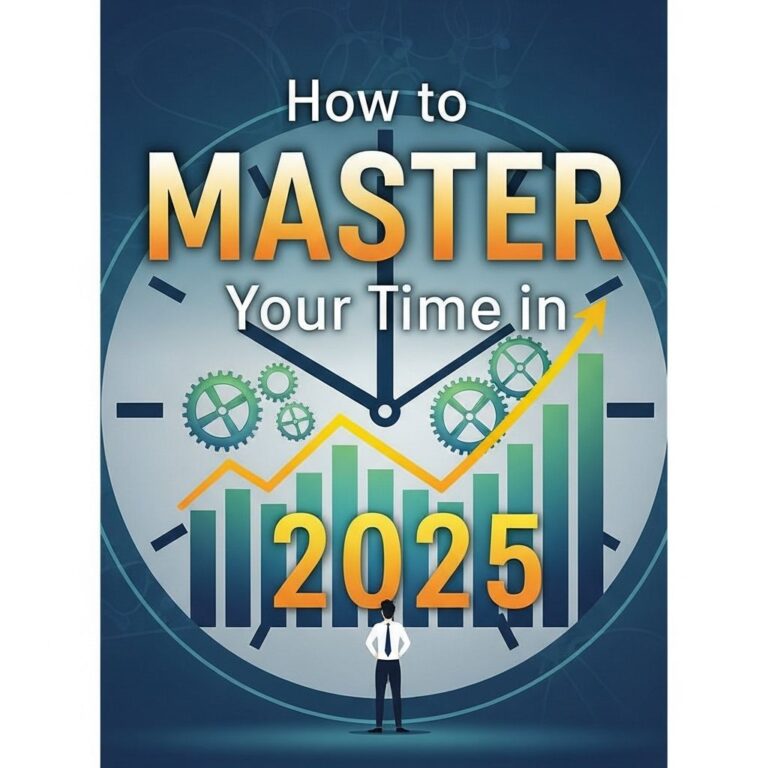The rapid evolution of artificial intelligence has provided a plethora of new tools that creatively-enhanced artists can leverage to amplify their work. As we step into 2025, the intersection of technology and artistry continues to redefine the boundaries of creativity. This article explores the top ten AI tools that are set to revolutionize the artistic landscape, enabling artists to innovate, automate, and elevate their craft.
Table of Contents
1. DeepArt
DeepArt utilizes advanced neural network technology to transform ordinary photographs into stunning artworks inspired by famous art styles. By analyzing the visual elements of a user’s input, it offers the following features:
- Style Transfer: Apply the styles of renowned artists like Van Gogh or Picasso to personal images.
- Custom Styles: Users can create unique styles based on their preferences.
- High-Resolution Outputs: Generate high-quality images for prints and displays.
Usage Tips
To maximize the potential of DeepArt:
- Experiment with different images and styles.
- Adjust parameters such as brush size or style intensity for a more personalized result.
2. Runway ML
Runway ML is a powerful platform that enables artists to create, edit, and collaborate on multimedia projects using AI. With a suite of tools, it empowers users through:
- Text-to-Image Generation: Convert text prompts into compelling visuals.
- Real-time Video Editing: Use AI to modify video elements on-the-fly.
- Collaboration Features: Work with teams seamlessly on shared projects.
Creative Applications
Some potential applications include:
| Type | Application |
|---|---|
| Digital Art | Creating illustrations based on narrative prompts. |
| Video Production | Enhancing footage with AI-generated effects. |
3. Daz 3D
Daz 3D provides artists with a comprehensive suite for creating stunning 3D models, animations, and scenes. With AI-enhanced features, it allows users to:
- Customize Characters: Use sliders to modify features such as age, gender, and ethnicity.
- Smart Content Management: AI categorizes assets for easier access.
- Realistic Rendering: Achieve photorealistic results with minimal effort.
Design Strategies
For effective use of Daz 3D:
- Utilize pre-made assets to speed up the design process.
- Incorporate AI-driven animations to bring characters to life.
4. Artbreeder
Artbreeder is a unique platform that aggregates user-generated content to create new artworks through collaborative blending. It leverages AI to:
- Combine Images: Merge multiple artworks to create novel compositions.
- Control Attributes: Adjust parameters like color, shape, and texture.
- Create Variations: Explore endless possibilities from a single seed image.
Collaborative Art
To engage with the Artbreeder community:
- Share creations for feedback and improvement.
- Collaborate with other artists to create hybrid artworks.
5. DALL-E 2
DALL-E 2, developed by OpenAI, generates images from textual descriptions, allowing artists to visualize concepts that exist only in their imagination. Key features include:
- High-Quality Generation: Produces high-resolution images suitable for diverse applications.
- Diverse Styles: Capable of generating art in various styles, from realistic to abstract.
- Iterative Refinement: Modify and refine images based on user feedback.
Implementation Ideas
Consider the following when using DALL-E 2:
- Use descriptive language to enhance output precision.
- Iterate on generated images to refine details and composition.
6. Adobe Sensei
Adobe Sensei integrates AI and machine learning into the Adobe Creative Cloud, streamlining workflows for artists. This tool offers:
- Smart Selection Tools: Identify and select subjects with precision.
- Automatic Photo Editing: Enhance images with minimal effort.
- Content-Aware Features: Fill in gaps or remove unwanted elements smartly.
Productivity Boost
Maximize Adobe Sensei by:
- Using automated features to save time on repetitive tasks.
- Exploring new creative techniques offered by AI integrations.
7. Procreate with AI Features
Procreate has long been a favorite among digital artists, and with new AI features, it has become even more powerful. Some recent enhancements include:
- Brush Customization: AI suggests brush settings based on canvas content.
- Smart Assistants: AI helps in layering and color selection.
- AI-Driven Animation: Create frame-by-frame animations with assistance.
Enhancing Digital Art
For optimal use of Procreate:
- Explore new brush presets introduced with AI enhancements.
- Leverage AI assistance for complex animations.
8. NVIDIA GauGAN
NVIDIA GauGAN is a generative adversarial network that turns simple sketches into photorealistic images, making it a dream tool for concept artists. Its functionality includes:
- Real-Time Rendering: Instantly transform sketches into elaborate scenes.
- Customizable Environments: Control landscapes, weather, and time of day.
- Style Transfer: Apply various artistic styles to final outputs.
Creative Exploration
Artists can:
- Use GauGAN for quick environment visualization in concept art.
- Experiment with different styles to find the best fit for projects.
9. Clip Studio Paint with AI Features
Clip Studio Paint continues to evolve, adding AI features that cater specifically to illustrators and comic creators. The highlights include:
- AI Coloring: Automatically colors sketches based on selected palettes.
- Line Art Optimization: AI enhances the clarity and quality of line art.
- Pose Estimation: Suggests character poses based on input parameters.
Workflow Optimization
To enhance productivity:
- Utilize automated coloring to speed up the illustration process.
- Incorporate pose suggestions for more dynamic character designs.
10. GANPaint Studio
GANPaint Studio offers artists a unique platform to edit images with the help of AI. This interactive tool allows users to modify images by:
- Adding or removing objects with ease.
- Changing colors and textures without compromising the overall design.
- Instant feedback on adjustments made in real-time.
Best Practices
While using GANPaint Studio:
- Experiment with different elements to see how they affect the overall composition.
- Use the real-time feedback to refine adjustments for a polished final product.
Conclusion
The tools highlighted above represent just a fraction of what is available to artists in 2025. As technology evolves, these AI tools will only become more sophisticated, offering artists unprecedented levels of creativity and efficiency. Embracing these innovations not only enhances artistic capabilities but also opens up new avenues for exploration in the ever-changing world of art. By integrating AI into the creative process, artists can focus more on ideation and less on the technical nuances of execution, ultimately leading to a richer, more fulfilling artistic experience.
FAQ
What are the top AI tools for artists in 2025?
In 2025, the top AI tools for artists include specialized software that enhances creativity, automates tasks, and assists in generating artwork, such as Artbreeder, Daz 3D, and Runway ML.
How can AI tools benefit artists?
AI tools can benefit artists by streamlining workflows, providing inspiration, automating repetitive tasks, and allowing for innovative forms of artistic expression.
Are AI tools accessible for beginner artists?
Yes, many AI tools are designed to be user-friendly and accessible for beginner artists, offering tutorials and support to help them get started.
Do AI tools replace human artists?
No, AI tools are meant to enhance and assist human creativity, not replace it. They serve as tools that artists can use to explore new ideas and techniques.
What types of art can be created using AI tools?
AI tools can be used to create various forms of art, including digital paintings, 3D models, animations, music, and even interactive installations.
Is it legal to sell art created with AI tools?
Yes, artists can sell art created with AI tools, but it’s important to understand the licensing agreements and copyright implications associated with the specific tools used.

